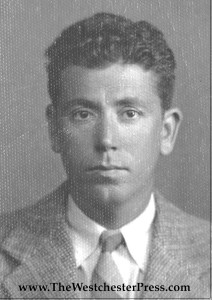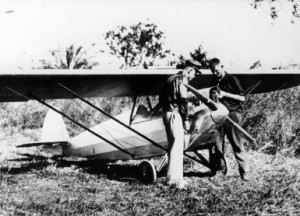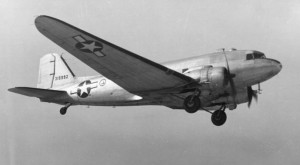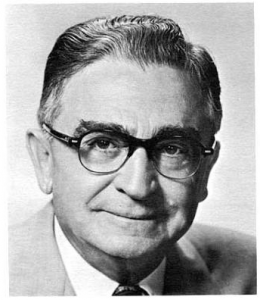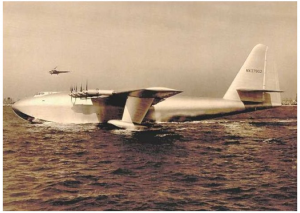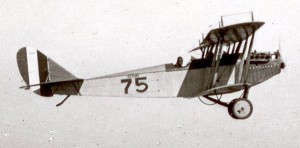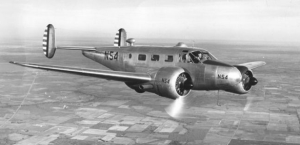
The Beechcraft C-45, similar to the model pictured here, was Tip’s favorite twin-engine aircraft. He flew some amazing flights in it, and one of them is the inspiration for the book’s title.
The current leader for the idea of a title for my grandfather’s aviation biography is “When No-One Else Would Fly.”
It comes from a letter written to Col. C. J. Tippett by Dr. Gene B. Starkloff about a life-saving flight that Tip made in 1945.
Tip was living and working in Rio de Janeiro, Brazil, with his wife (my grandmother) and children. He had recently returned from flying a new Beechcraft C-45 from Washington DC to Rio on behalf of the US Government – the flight itself an amazing feat in that time in aviation history.
The Beechcraft was a gift, expanding the civil aviation mission in Brazil to twin-engine capability.
Dr. Starkloff was the Army Navy doctor assigned to the South Atlantic Command Headquarters in Rio, and on a dark and stormy night in June, he had received a desperate message from the American embassy in Paraguay. American personnel had been stricken with a wicked illness. They feared that it was polio, and several of the victims were children.
Dr. Starkloff needed both a pilot and a plane to fly him and his heavy load of equipment to Asuncion. There was hope if treatment could be applied soon, and Dr. Starkloff was the only doctor within reach who could deal with polio. But weather had grounded all flights; commercial, military, or private. The conditions were impossible, and the doctor could find no pilot willing to try.
The full story of Tip’s “flight of mercy” is beautifully detailed, in Tip’s own words, in the soon-to-be-released book. It is only one of the many record-setting flights that Tip made in the Beechcraft C-45 between 1945 and the 1950s.
Dr. Starkloff was able to help the children, and he credits Tip with extraordinary courage. He wrote: “We were the only airplane in or out of Rio de Janeiro that week… I will never forget that trip that you volunteered to fly – when no-one else would…”
“When No-One Else Would Fly” will soon join our cultural library of aviation history, and describe Tip’s life as an aviation pioneer.

